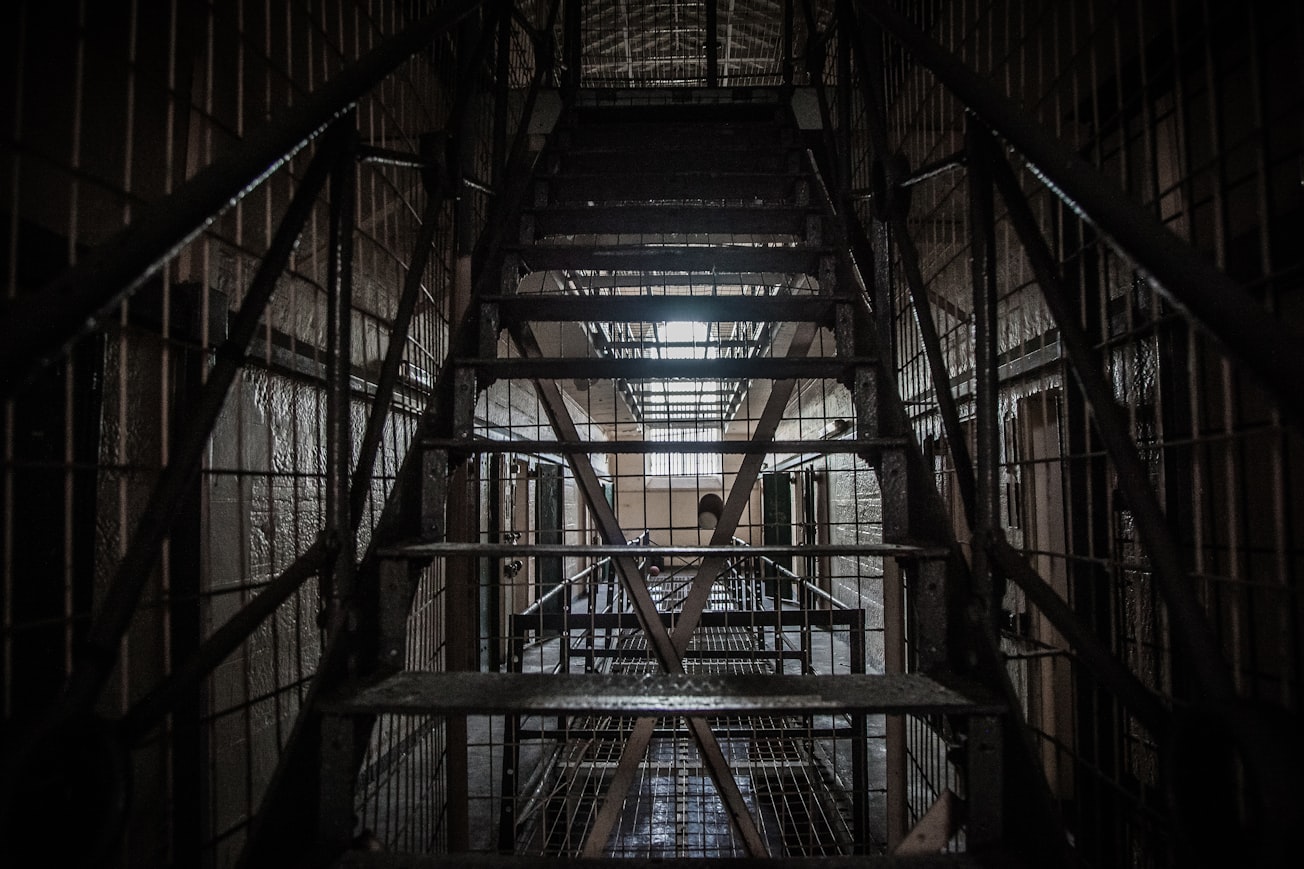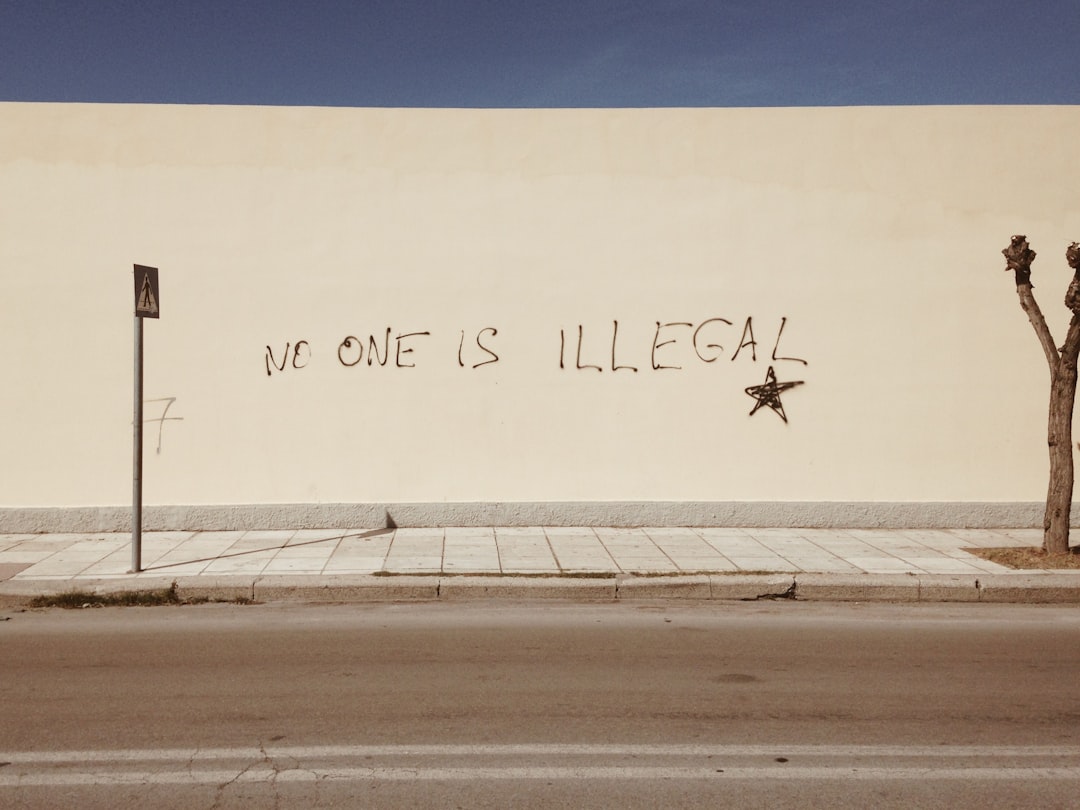What is it about?
Silence is a method of torture in Saydnaya Military Prison. Lawrence Abu Hamdan, audio investigator and artist, interviewed former prisoners as part of investigations into the detention facility by Amnesty International and Forensic Architecture. Abu Hamdan heard testimony of torture that would neither be admissible in a law court nor appear in the news media. In response he created several works of art for which he was jointly awarded the Turner Prize in 2019. The artworks invite a critical examination of the basis on which the law of evidence enables testimony to be evaluated and excluded from legal trials.
Featured Image

Photo by Deleece Cook on Unsplash
Why is it important?
Art can enable us to see how the world could be regulated differently by the law. In my article, Abu Hamdan's works are examples of art that diffracts our perception of the way the world is represented by legal systems. Abu Hamdan's art invites us to engage with how the law could better hear people's testimonies in legal trials.
Perspectives
In writing this article I had the chance to reflect on the law of evidence and artworks by Lawrence Abu Hamdan. It gave me the opportunity to challenge a deep-seated assumption by the law. I hope this article will provoke people into thinking about the assumption that the world is comprised of people, things and words that can come into existence and be understood entirely independently of each other. My suggestion is that the law would be improved if it was better at taking into account the way that everyday existence and knowledge about the world are outcomes of processes in which people and objects are always already entangled with each other.
Dr Jeremy Pilcher
New York University
Read the Original
This page is a summary of: Listening for Silence, Law & Literature, May 2021, Taylor & Francis,
DOI: 10.1080/1535685x.2021.1917886.
You can read the full text:
Resources
Contributors
The following have contributed to this page










